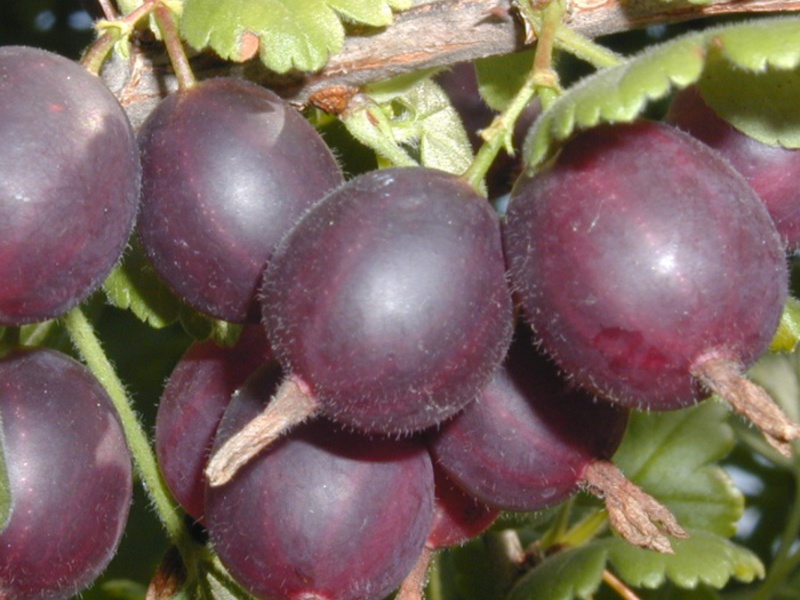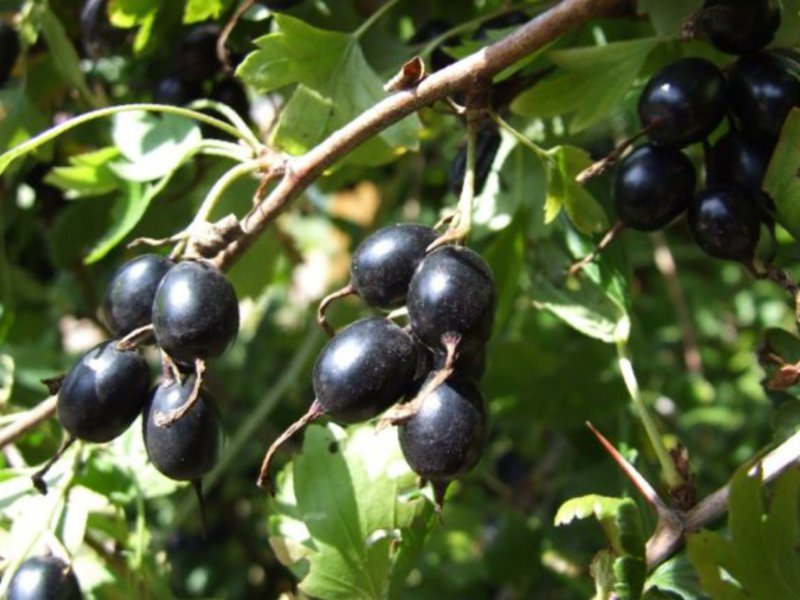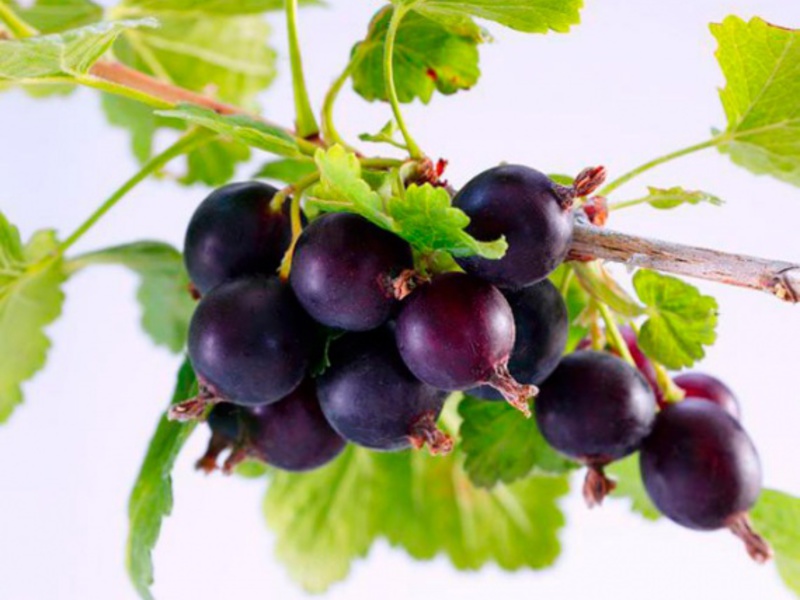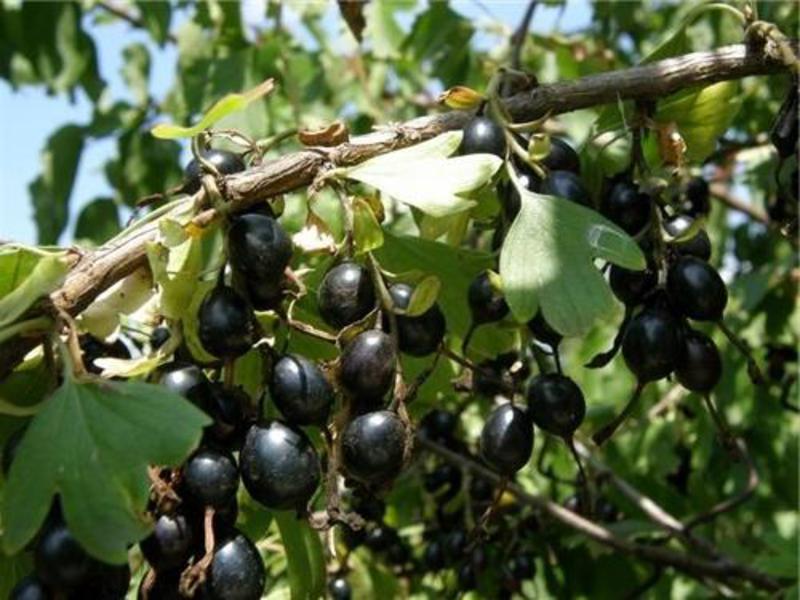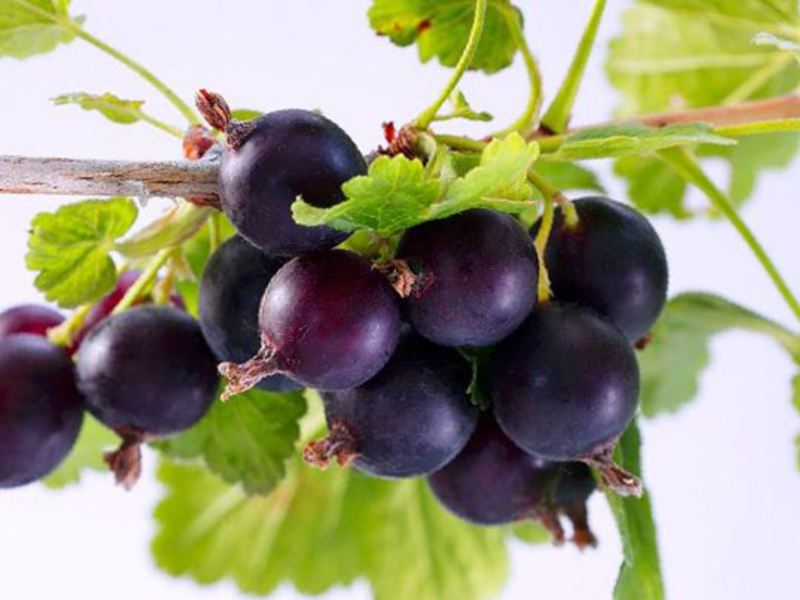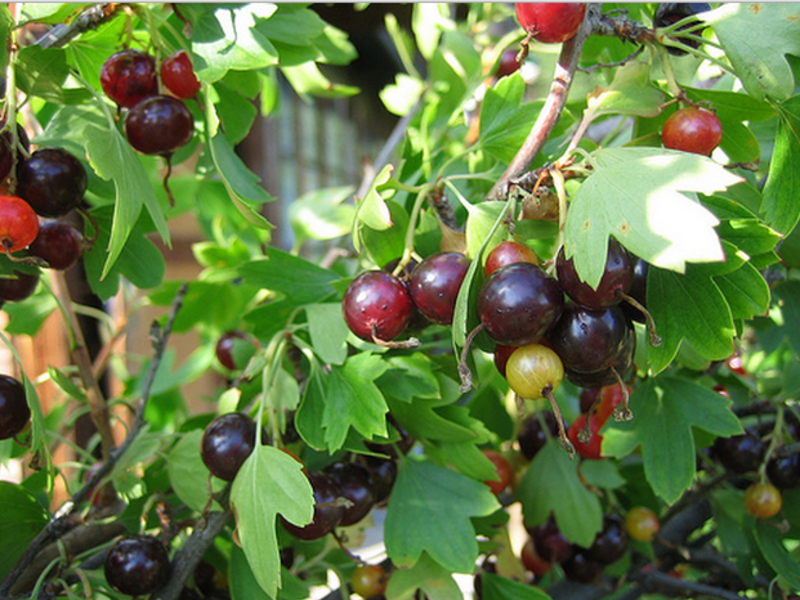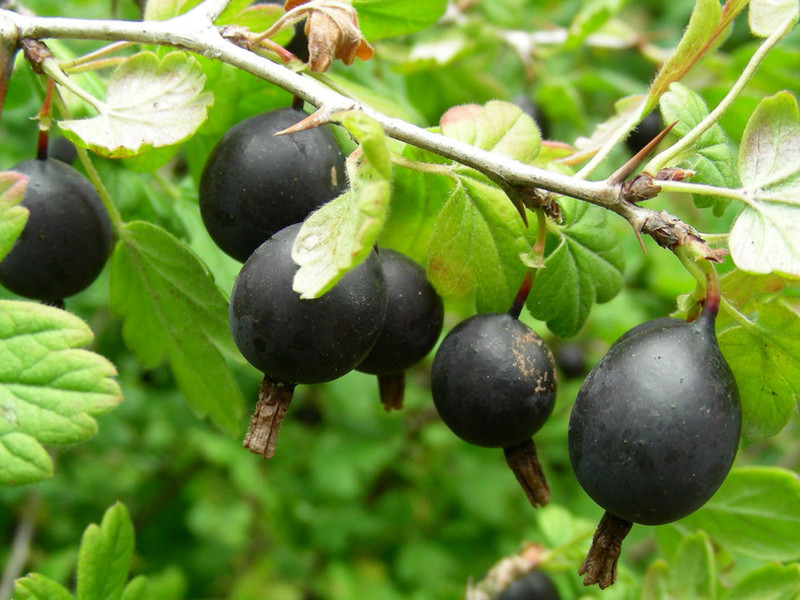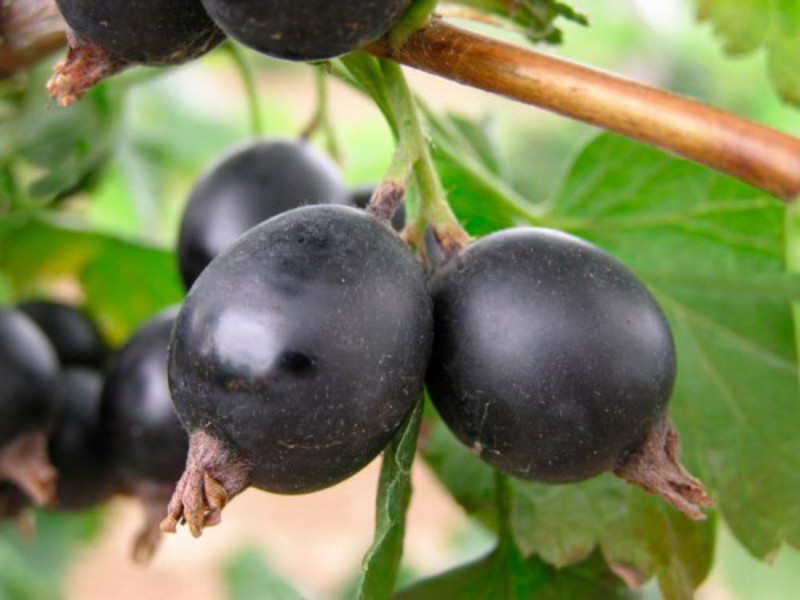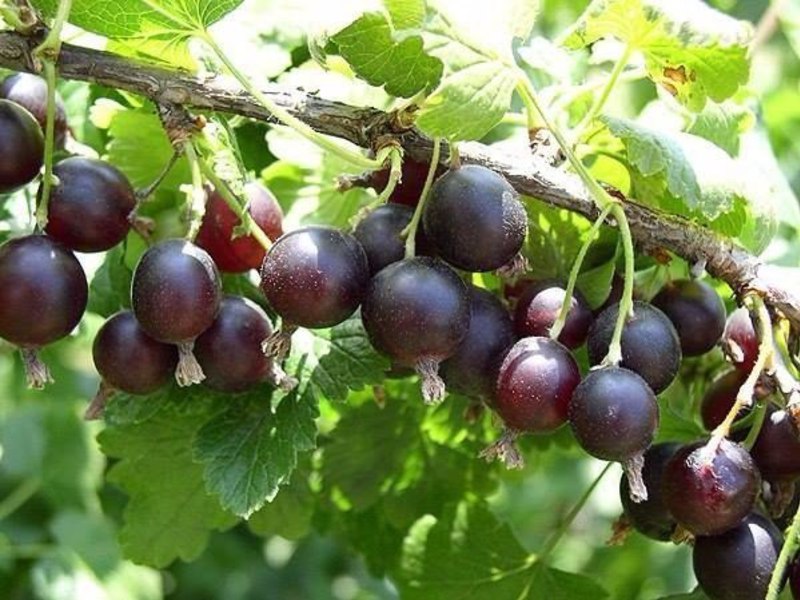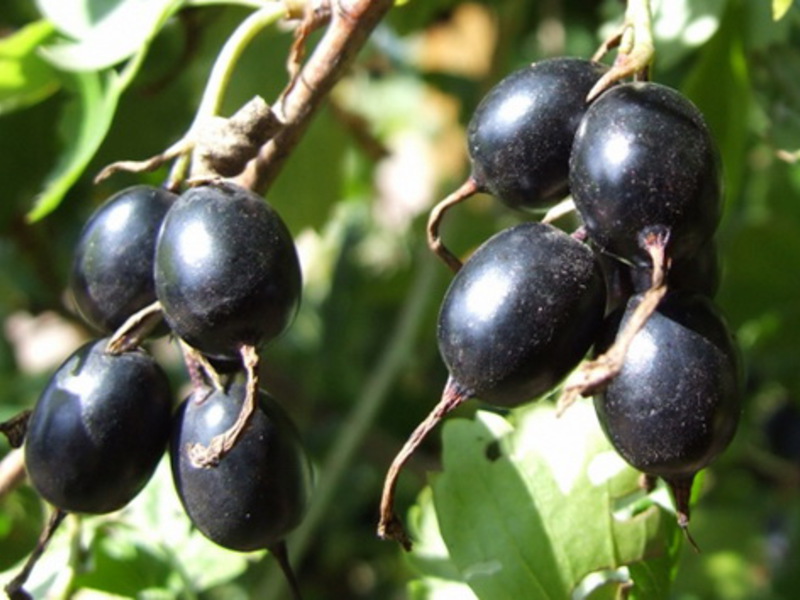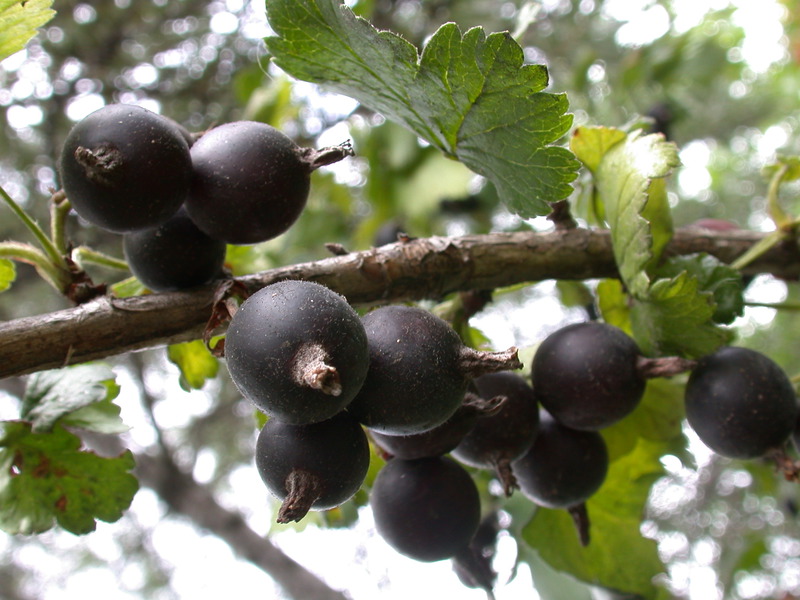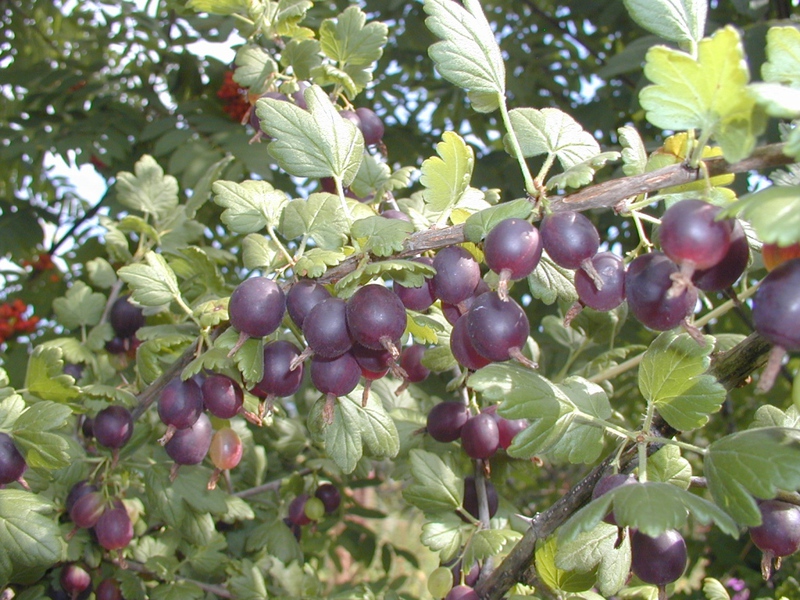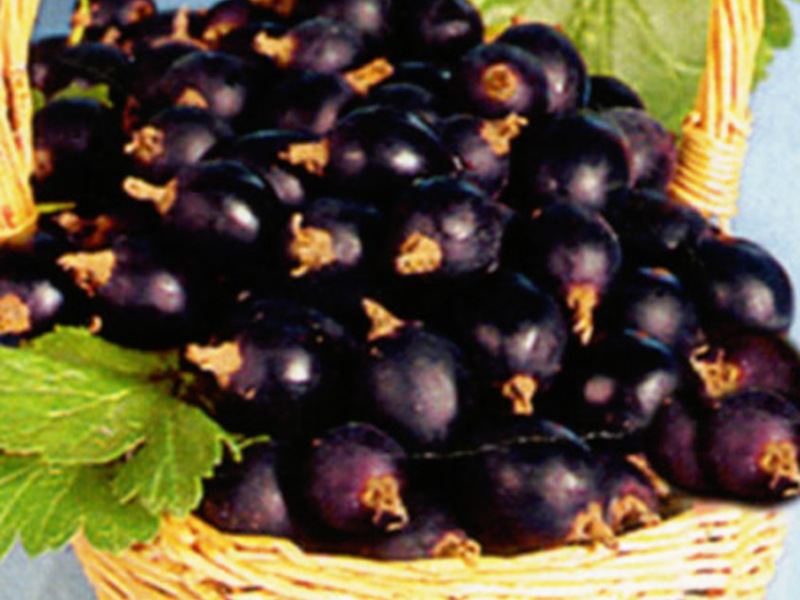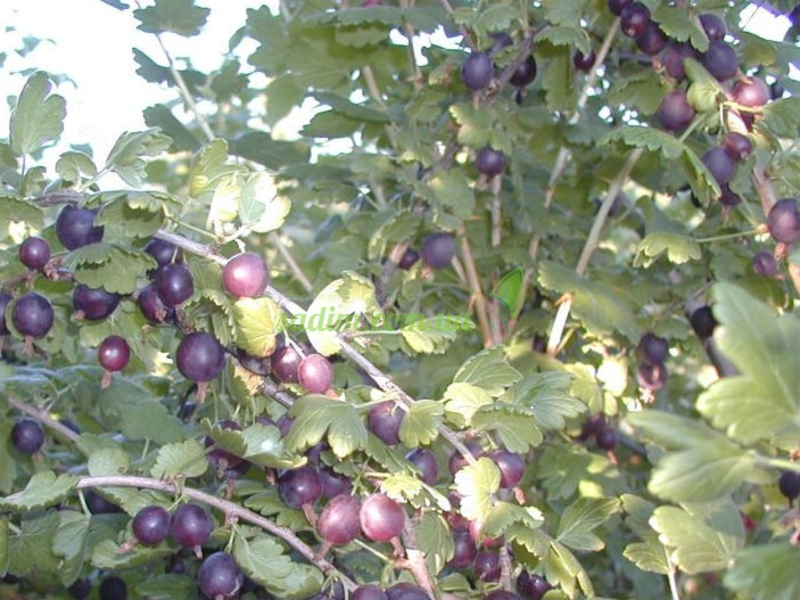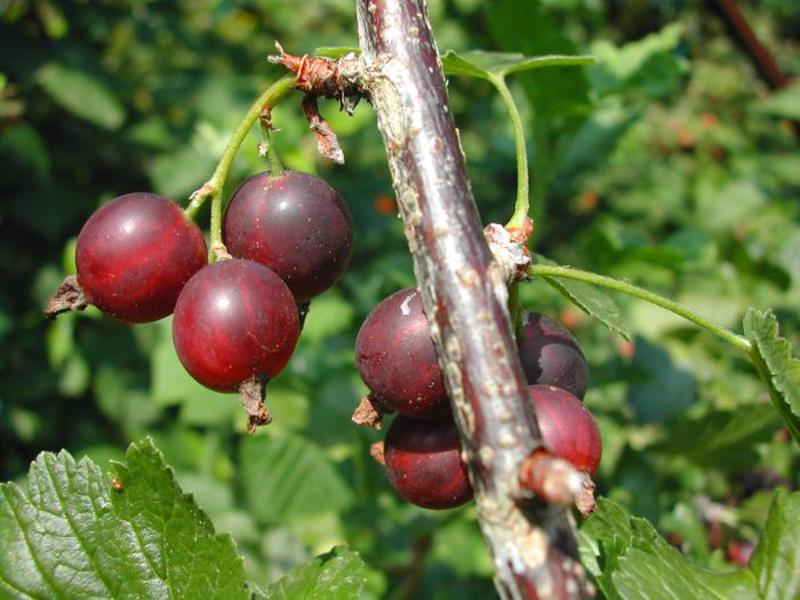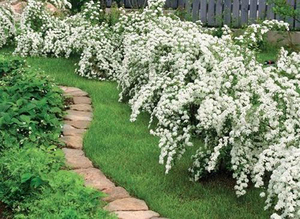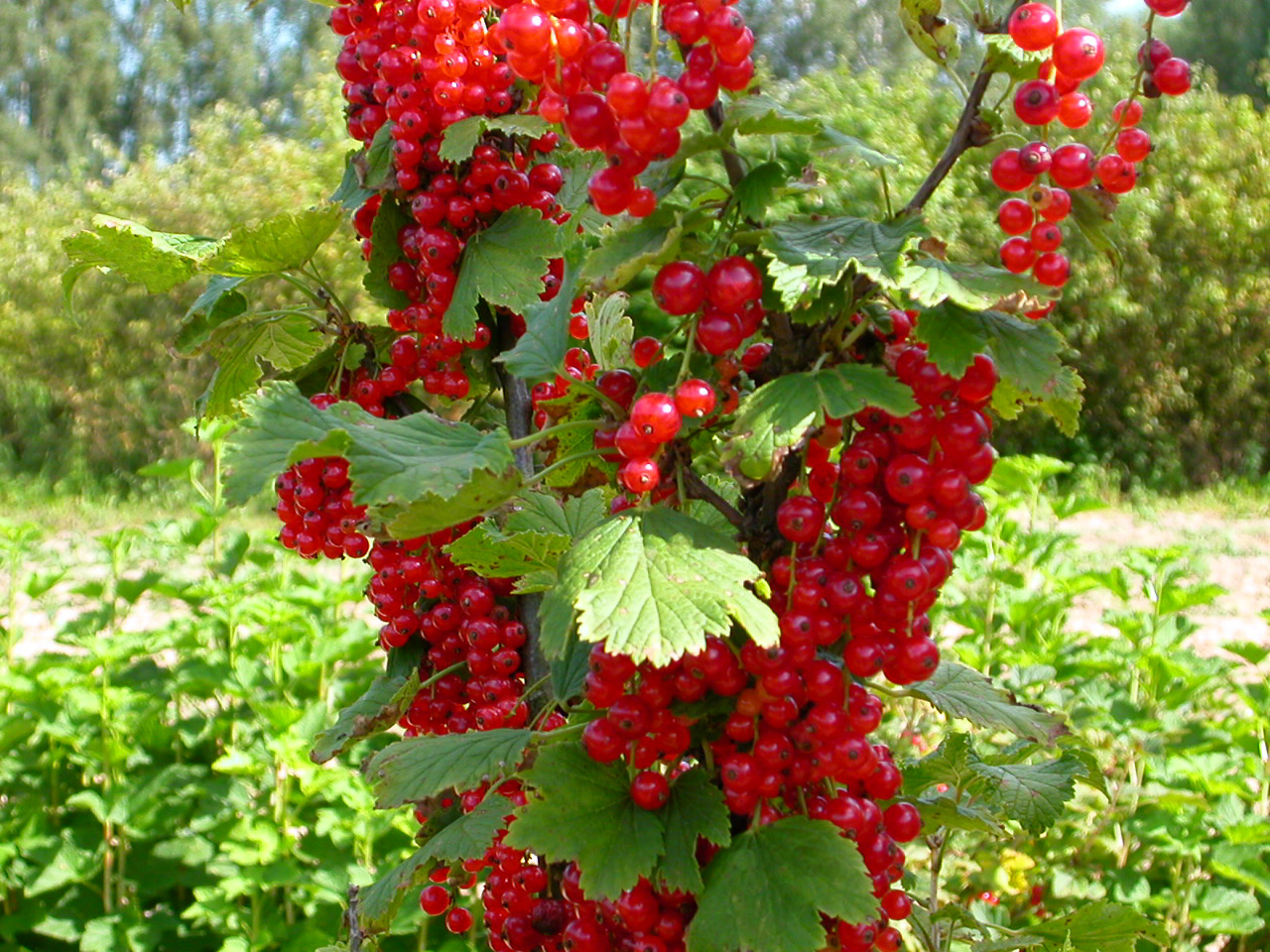Almost every garden plot has bushes of various berries. Most often, gardeners grow black and red currants, gooseberries and raspberries. Modern breeders have managed to grow other types of berries by crossing the familiar berry crops to all of us. This is how more and more new hybrids appear, possessing peculiar taste qualities. Many of them are resistant to diseases and pests.
Surely many of us have heard of such a berry as yoshta, but not everyone knows about its features and how to grow it. It will be interesting to learn about it for many novice gardeners.
What is yoshta? Photo of berries
All berries are good in their own way, they have their own taste and aroma. Blackcurrant is highly valued for its taste and medicinal properties. Its only drawback is poor resistance to diseases and pests. To this end, breeders have developed a new hybrid, crossing black currants and gooseberries... The result is an unusual berry called yoshta. This berry has taken the best qualities from gooseberries and black currants, but it cannot be called ideal in all respects.
Over the years there have been attempts to create this hybrid, but the results have been unsuccessful. The yoshta shrub did not produce berries, the plant was sterile. Only with the advent of new technologies, scientists managed to achieve success in the 70s. They tried to grow the hybrid in different countries, so the berries on fruiting shrubs differed in appearance and taste.
In addition to its pleasant taste, the plant also has an equally pleasant appearance, for which many gardeners began to use it as an element of landscape design. The leaves of a perennial shrub are very attractive. They large and delicate, and the branches do not have thorns, unlike the gooseberry. An adult bush can reach a height of 2 meters or more. It has 15-20 large branches of different ages. The root system goes into the soil about 30-40 cm below the soil surface.
In spring, the shrub is covered with golden flowers, which very quickly turn into green berries. The berry tastes like gooseberry and black currant at the same time - sweet and sour. As you can see in the photo, the size of the berries is large, almost the size of a cherry. They are black in color with a purple tint.
Growing Yoshta
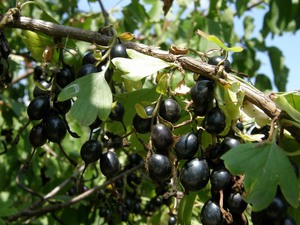 Correct planting and care will ensure yoshta yield in the future. This berry takes root very well on light loamy fertile soils. Shrubs are best planted in sunny areas without strong wind. It is advisable to plant yoshta shrubs nearby, then the yields will be higher. The landing hole should be approximately 50x50x50 cm.
Correct planting and care will ensure yoshta yield in the future. This berry takes root very well on light loamy fertile soils. Shrubs are best planted in sunny areas without strong wind. It is advisable to plant yoshta shrubs nearby, then the yields will be higher. The landing hole should be approximately 50x50x50 cm.
Yoshta care is simple, it can be grown even by inexperienced gardeners. The plant needs regular and frequent watering. On hot sunny days, it should be watered abundantly. It reacts well to feeding, therefore, 2-3 times a year it is necessary to apply mineral fertilizers under the yoshta bushes. It is very good in spring to pour several glasses of wood ash under each bush.
Shrubs do not need traditional pruning. Dry and damaged branches should be removed as needed. The plant practically does not get sick, yoshta is not afraid of pests and is resistant to diseases.Due to the fact that the unpretentious yoshtu plant is often planted instead of a hedge, the Bushes grow quickly and without problems, and also give tasty and healthy fruits. Yoshta is considered a young crop, so no other varieties have been developed yet.
Planting and leaving
 Yoshta is usually planted in late spring or early fall. To obtain a good harvest, shrubs should be planted at a certain distance about 2 meters apart... They will grow over time, so there should be enough space for the bushes to develop normally. If you use yoshta as a hedge, then shrubs can be planted at intervals of half a meter.
Yoshta is usually planted in late spring or early fall. To obtain a good harvest, shrubs should be planted at a certain distance about 2 meters apart... They will grow over time, so there should be enough space for the bushes to develop normally. If you use yoshta as a hedge, then shrubs can be planted at intervals of half a meter.
Before starting planting, you must prepare the site. It must be dug up and fertilized with components with a high potassium content. Yoshta reacts well to potash fertilizers. The place should be well lit with loose soil. Crop care is the same as for black currant. The differences between them are as follows:
- yoshta needs a large landing area:
- it requires more different fertilizers;
- it is advisable to mulch the soil under the bushes.
Mulch contributes to a good nutrient and water environment in the soil. It also has a positive effect on weed control. With mulch, there is no need to often loosen the soil where the shrubs grow. Most compost growers use:
- humus,
- prepared compost from your site;
- small herbaceous plants;
- small shoots and stepchildren from grapes.
Most of all, yoshta needs feeding in the first three years - at least 6 kg. Then, it is desirable to double the amount of mineral fertilizers.
A hybrid can reproduce in two ways:
- seeds;
- cuttings.
The first method is rather complicated, since it is necessary to select seeds and stratify them within 200 days. Storage temperature should be at +5aboutC. After that, the pulp is harvested and in the autumn season the seeds can be planted on the site.
Propagation by cuttings Is the most common breeding method for most gardeners. They have long been successfully using it for the propagation of many berry crops.
The large composition of vitamins and other useful substances in yoshta helps to strengthen the immune system. These berries contain even more vitamins than gooseberries or currants. They are great for fresh consumption and for winter harvesting. Yoshta is also used to make delicious jam, wine, because the berries have nutmeg notes and the wine is very aromatic.
Such a berry crop can be grown on any personal plot, because it is unpretentious in care. A useful and beautiful shrub can be used for two purposes at once - to obtain a berry harvest and landscape design.
